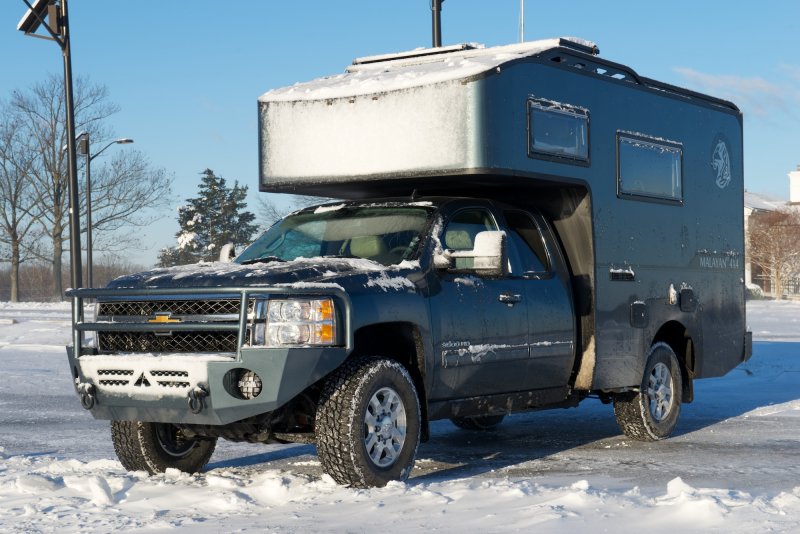Martinjmpr
Wiffleball Batter
Looking at other people's photos here (and elsewhere) makes me wonder just what I'm doing wrong.
Not sure exactly what it is but it seems like all my photos come out looking "washed out" and boring. Here's an example of what I mean:
Alpine Loop, CO

New Reveille Mine, NV

Abandoned fire engine, Gold Point, NV

That last pic in particular seems really washed out and lacking in the vividness of the actual site.
I mean, I realize that if there's not a lot of contrast in the scene, there's not going to be a lot on the picture, but for some reason others seem to get much better pics of the same scenery. I understand that I sometimes "shoot from the hip" without proper composition, framing, etc, but beyond that, is there anything I can be doing with my digital cameras? Like most people, I guess, I typically use the "automatic" setting which leaves all the shutter speed, aperture, etc, up to the camera.
So, any tips or tricks as to which settings I should be using? I have two cameras, a "point and shoot" type with a pretty good zoom (Fuji S1800) and a pocket camera, a Nikon Coolpix AW100 waterproof.
Or, are those of you with these eye-catching pictures manipulating them afterwards with software?
Not sure exactly what it is but it seems like all my photos come out looking "washed out" and boring. Here's an example of what I mean:
Alpine Loop, CO

New Reveille Mine, NV

Abandoned fire engine, Gold Point, NV

That last pic in particular seems really washed out and lacking in the vividness of the actual site.
I mean, I realize that if there's not a lot of contrast in the scene, there's not going to be a lot on the picture, but for some reason others seem to get much better pics of the same scenery. I understand that I sometimes "shoot from the hip" without proper composition, framing, etc, but beyond that, is there anything I can be doing with my digital cameras? Like most people, I guess, I typically use the "automatic" setting which leaves all the shutter speed, aperture, etc, up to the camera.
So, any tips or tricks as to which settings I should be using? I have two cameras, a "point and shoot" type with a pretty good zoom (Fuji S1800) and a pocket camera, a Nikon Coolpix AW100 waterproof.
Or, are those of you with these eye-catching pictures manipulating them afterwards with software?












